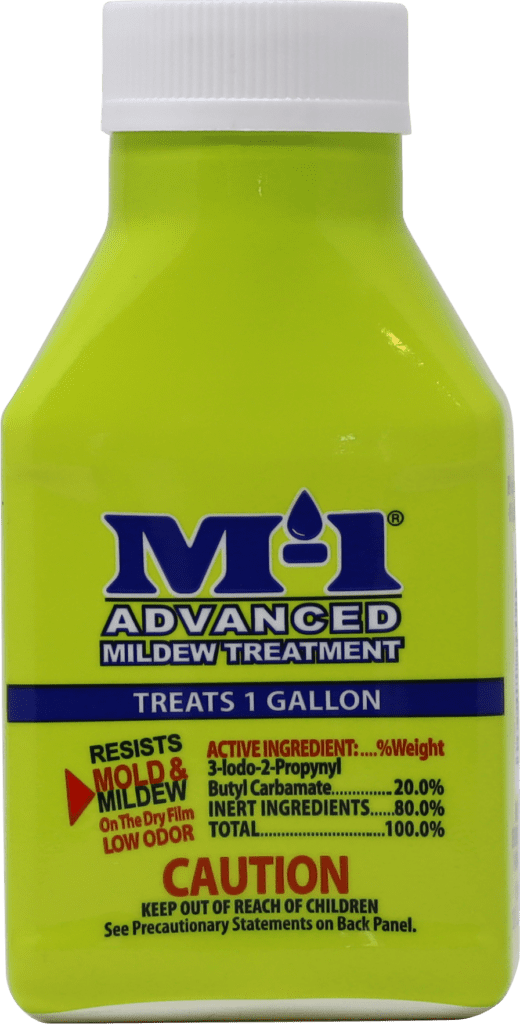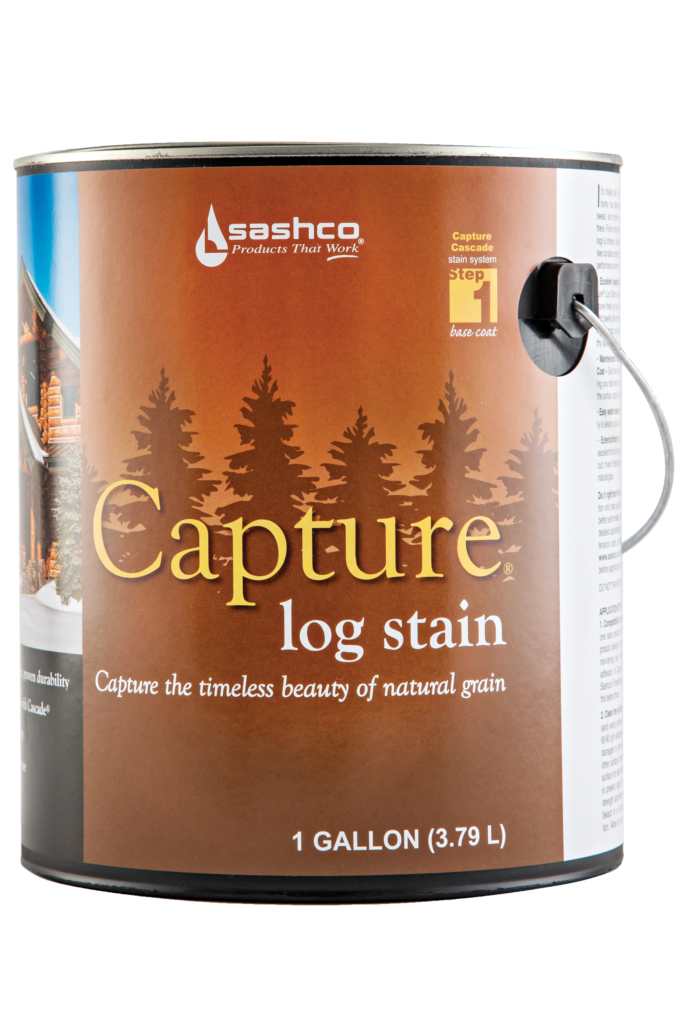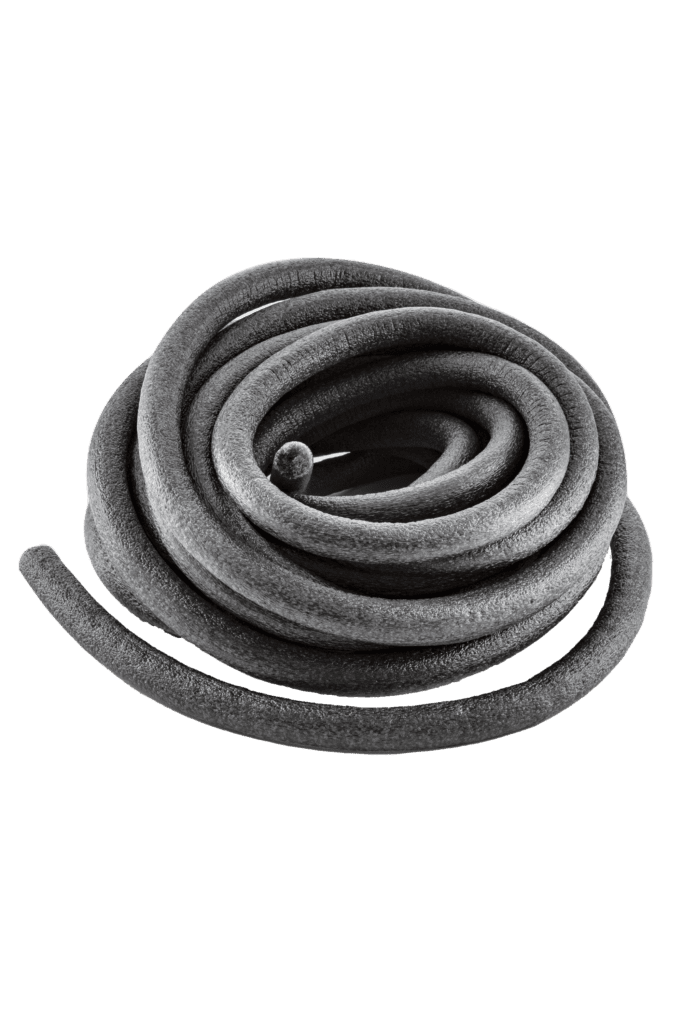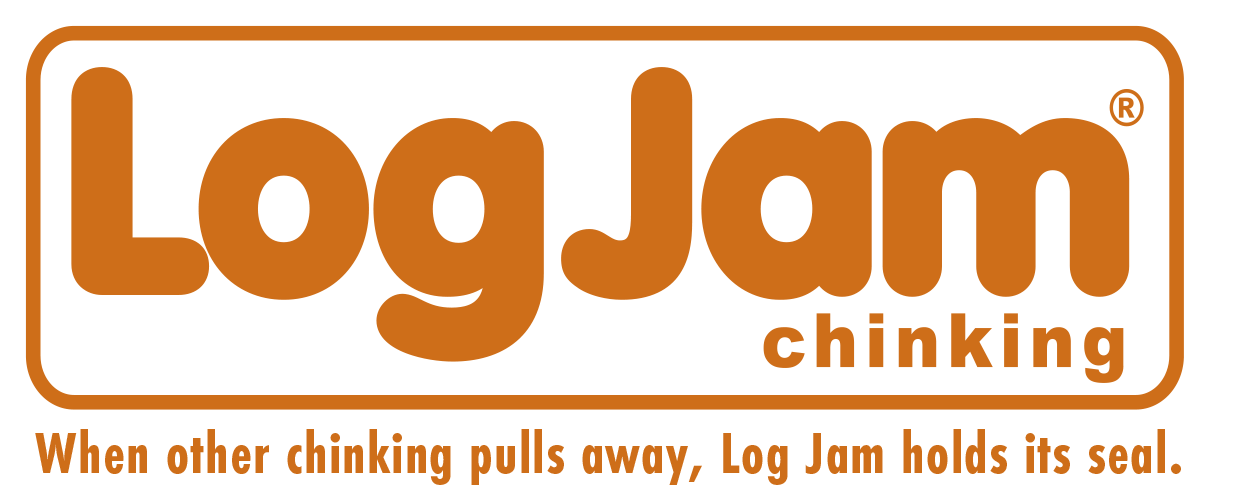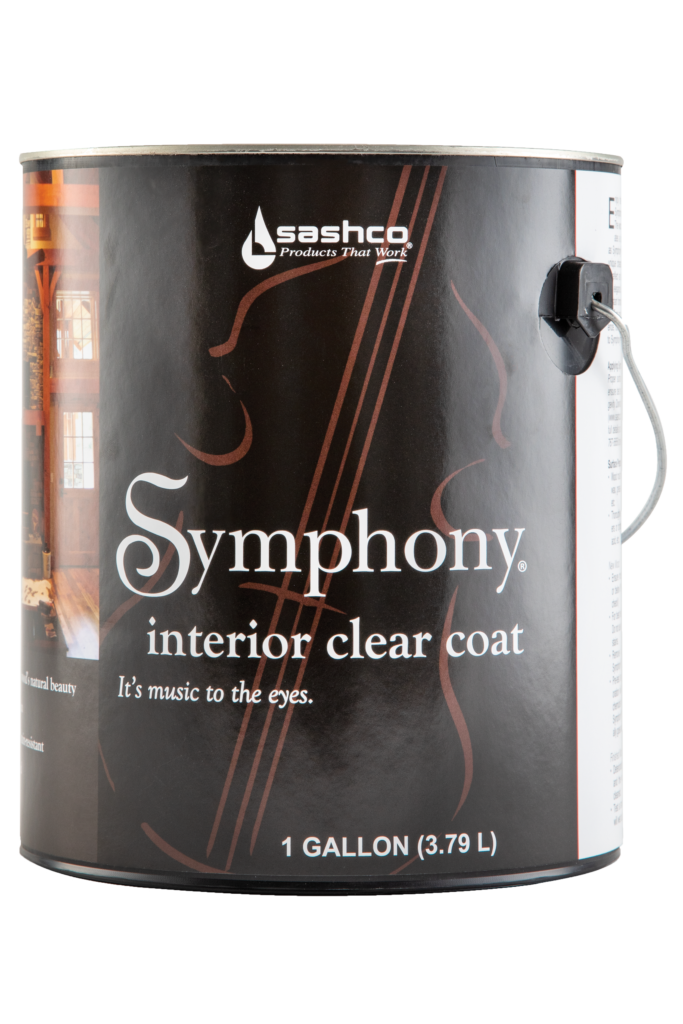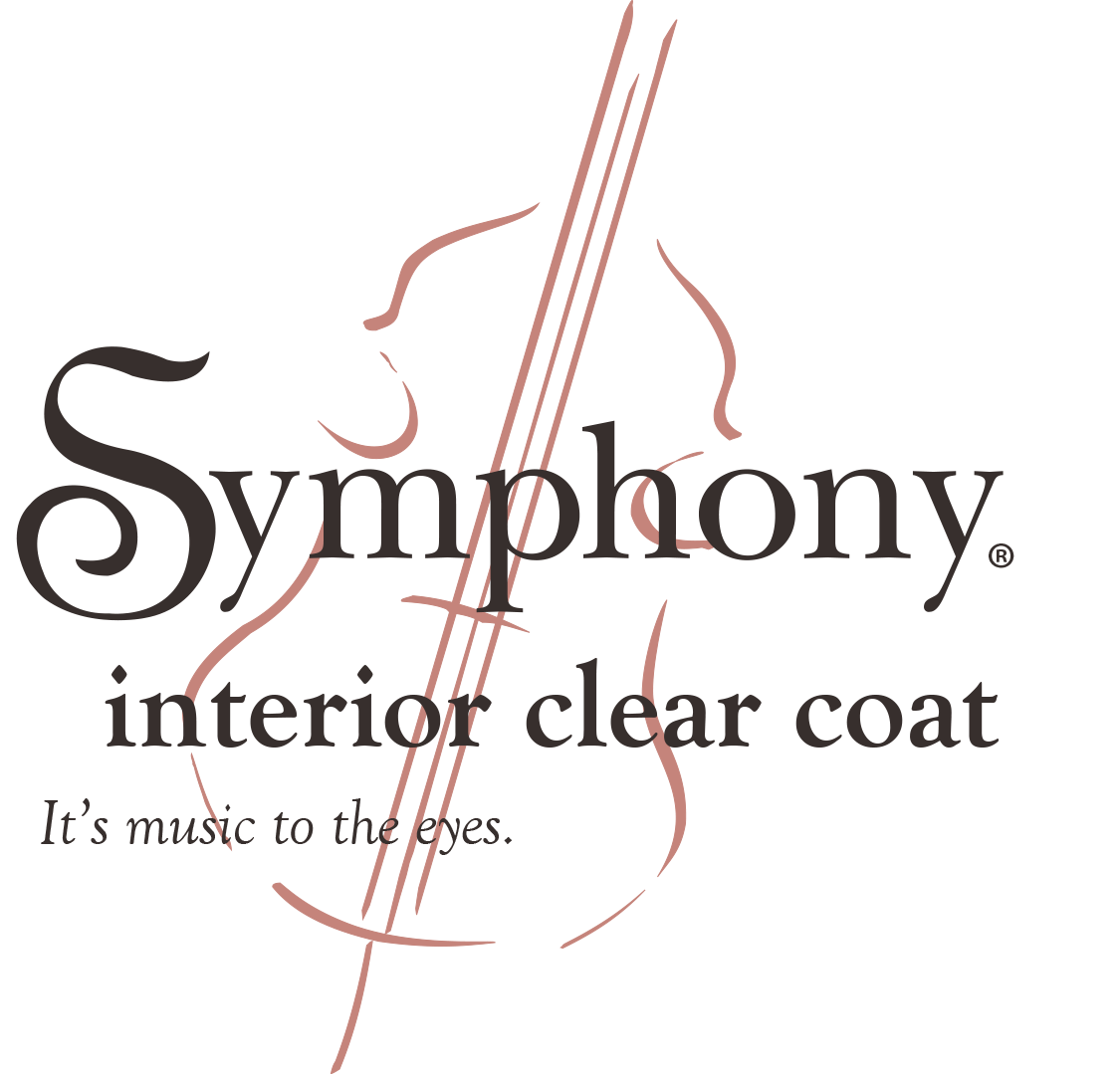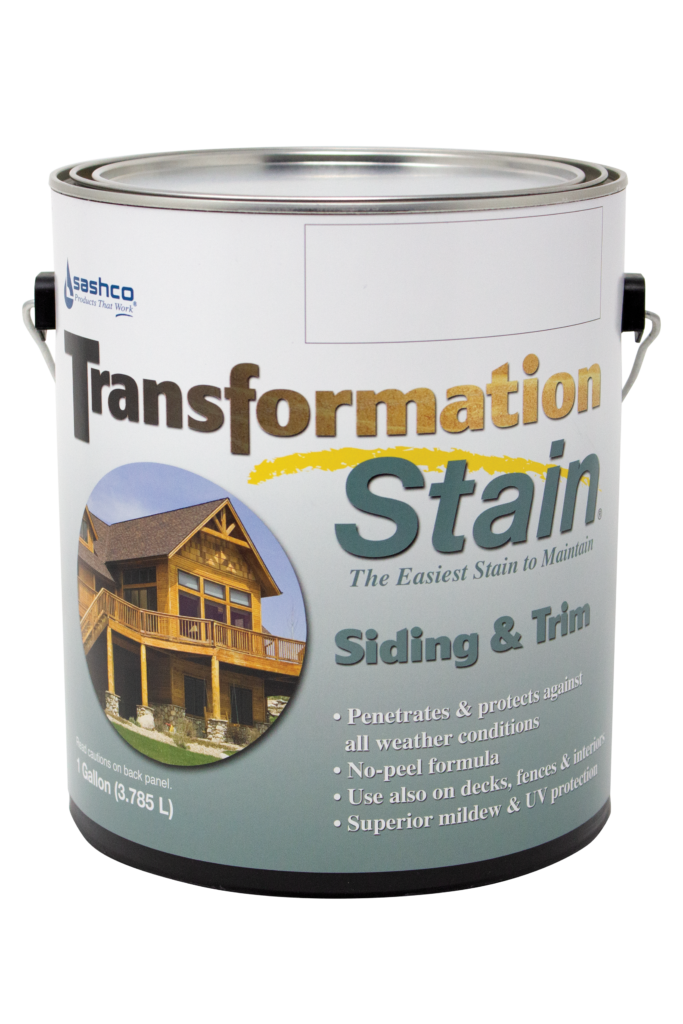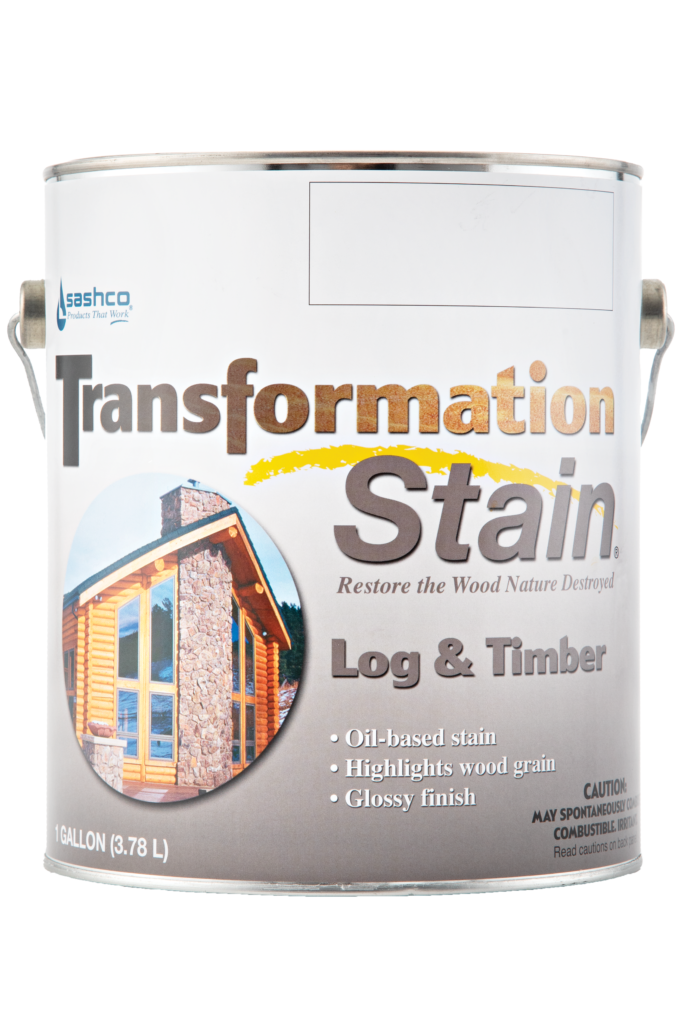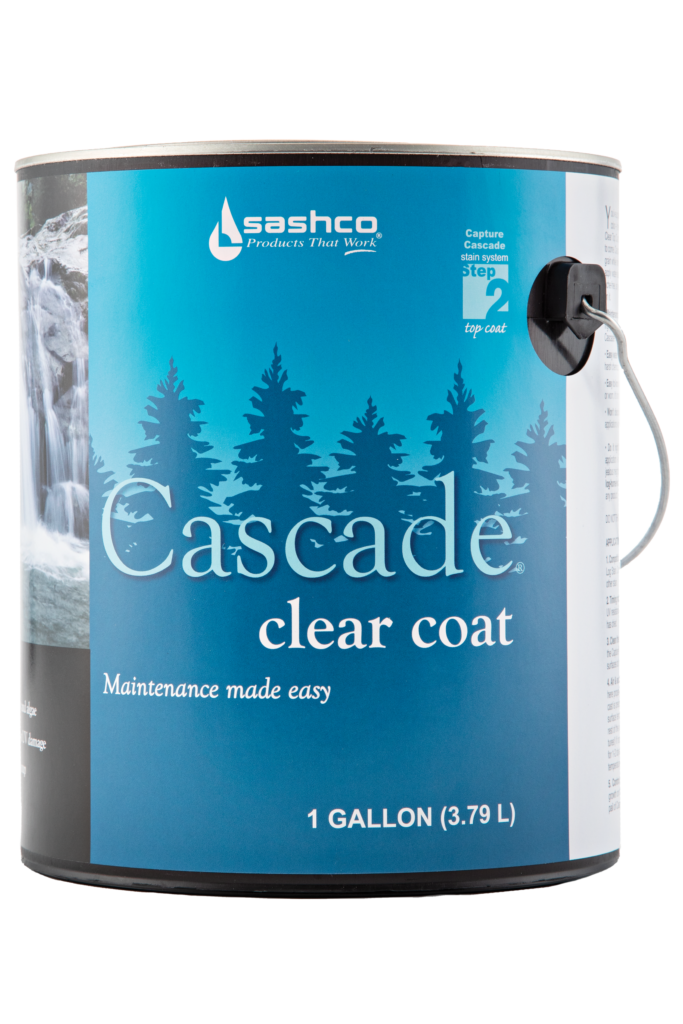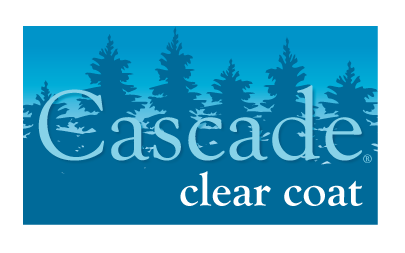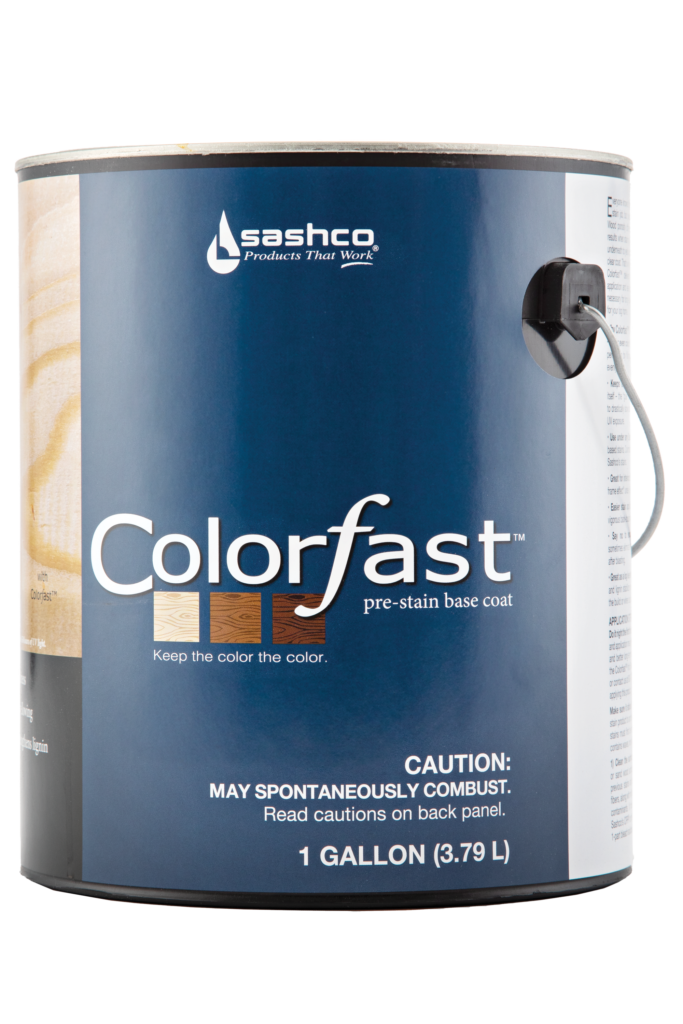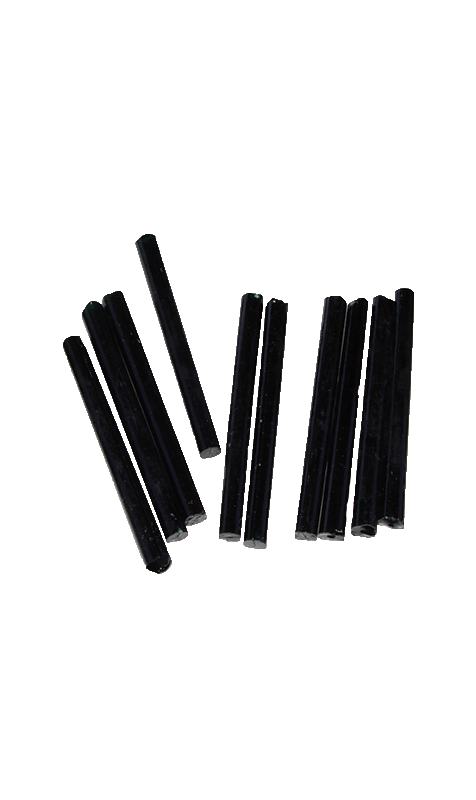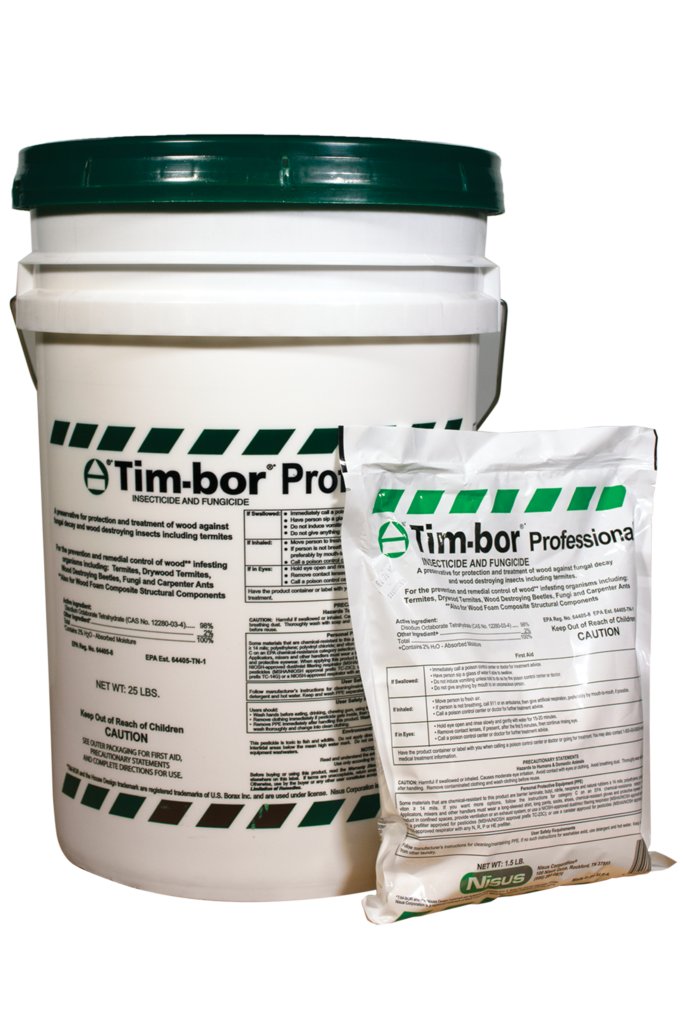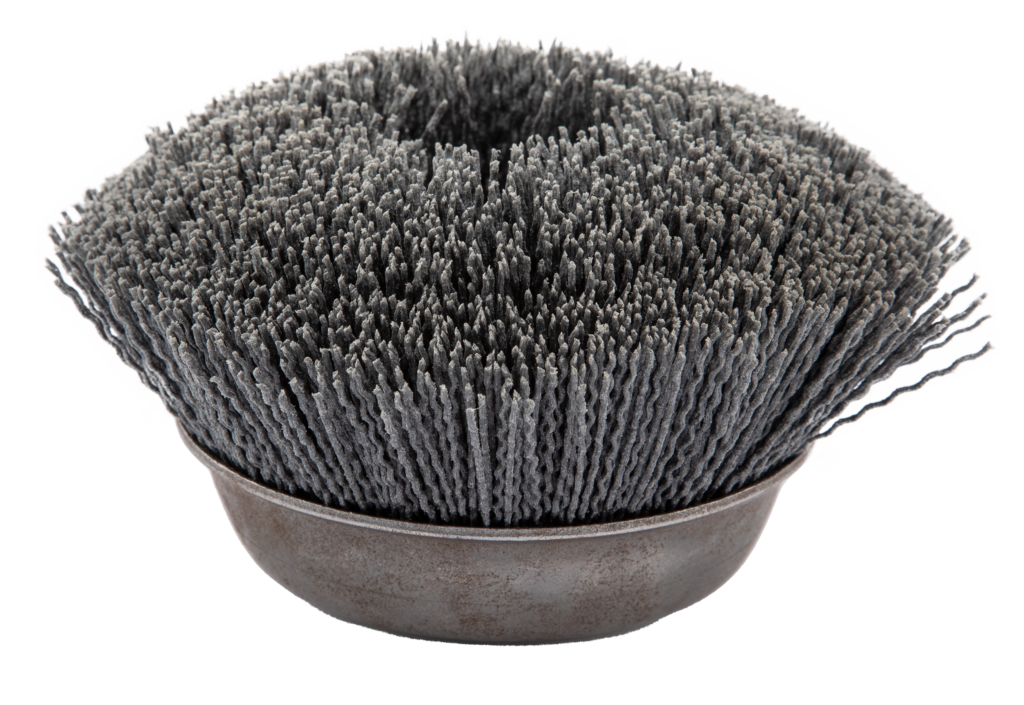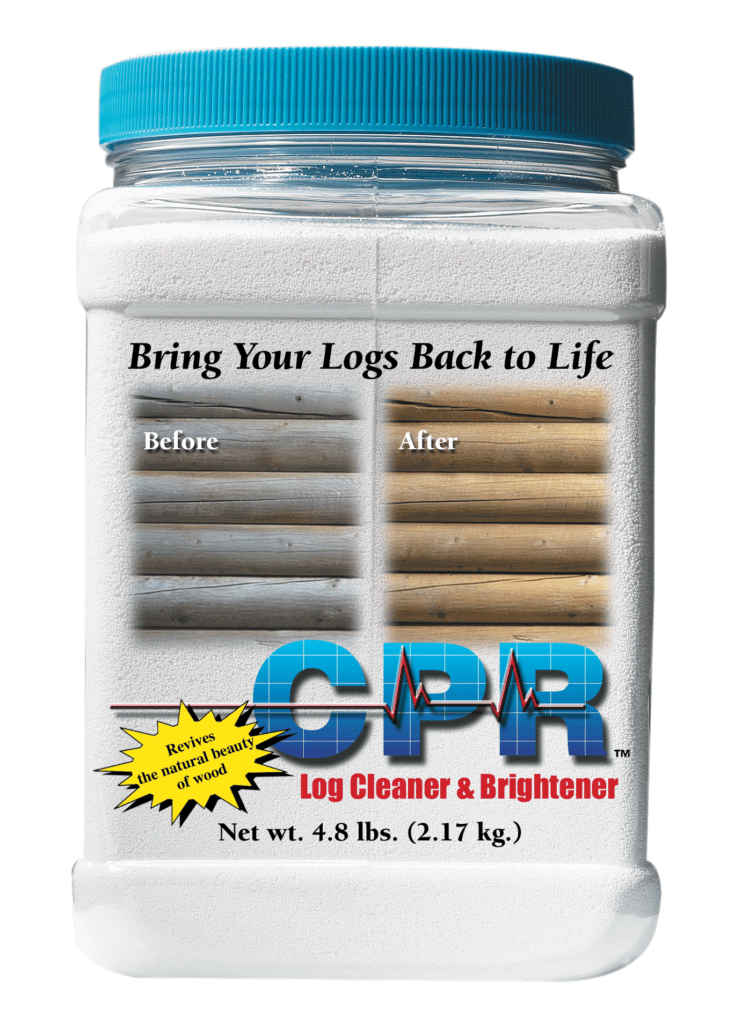The Best Way to Keep Your Log Home Insect and Rot Free.
Try Tim-bor and Cobra™ Rods. Both help keep your log home insect and rot free. To prevent rot and insect damage, find out which one is right for you.
Log Home Preservatives
When you apply some type of wood preservative to your log home is like taking out an inexpensive insurance policy.
These preservatives are mostly borate-based and designed to protect your wood from rot and wood-ingesting insects. Adding this affordable step at the beginning can save you many headaches down the road, including the time and money it costs to replace damaged wood. There are two main types of whole-home preservatives on the market: borate-based powders that are mixed with water and sprayed on your home (like Tim-bor®) and borate-based products in a glycol formula that are applied directly out of the container. Independent research proves that there is no difference in penetration between borate powders that are mixed with water and their glycol counterparts, but glycol preservatives are more expensive. Why pay more for the same protection?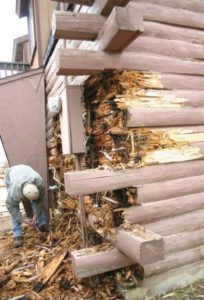
Tim-bor® Professional
Tim-bor® is the inexpensive insurance every log and wood home owner needs. It’s easy to apply and when sprayed or brushed on bare wood, this borate-based log home preservative forms a protective shell to defend against rot and wood-ingesting insects. It’s easy to use and EPA-registered. Tim-bor® will not affect the color of wood and is chemically compatible with all of Sashco’s stain, caulking and chinking products.
Benefits Include:
-
- Borate-based log home preservative protects against wood-ingesting insects and rot
- Powder concentrate — easy to mix and environmentally friendly
- Costs 5 times less than glycol-based borate products
- Effective against all types of decay fungi
Where to Use:
-
- Exterior log and wood surfaces
- Interior log and wood surfaces (optional)
Where NOT to Use:
-
- Wood coated with any stain, paint or finish
- Tim-bor® will work only when applied to bare wood
Borate Rods
Cobra™ Rods borate wood preservative rods help you prevent wood rot before it starts. Cobra Rods’ unique combination of copper and boron is potent yet safe. They are necessary only in highly exposed logs and timbers that are easily prone to moisture and insect infiltration, both of which can compromise the structural integrity of your log home. These rods are ideal for placement in that they are at higher risk for decay, such as: base wood courses, corner construction, exposed purlins, rafters or overhangs, exposed log railings, and below windows, doors, or dormers—especially when regularly subjected to high volumes of water.
Benefits Include:
-
- Dual biocide of boron and copper – strong protection
- easy to install: simply drill a hole, install the rod, and seal with caulking
- Variety of sizes for every log and timber size
- Necessary only in highly-exposed logs and timbers (Use Tim-bor® for whole-home treatment)
Where to Use:
-
- You can us in logs and timbers exposed to moisture from roof run off and splash back.
